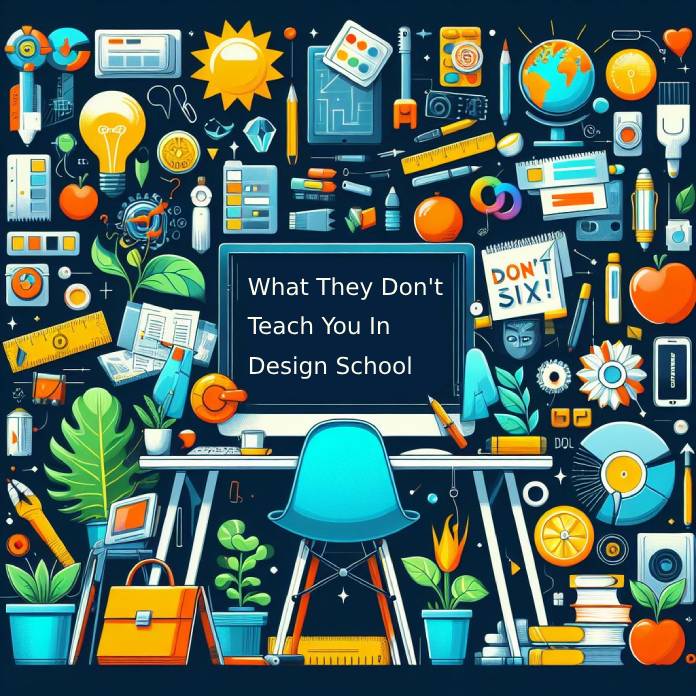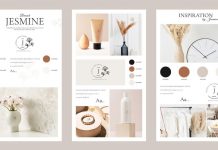Design education immerses students in a world of imagination, analysis, and technical finesse. It molds aspiring designers into professionals poised to take on the industry. Yet, within its rich teachings lies an implicit syllabus guiding those aiming for design excellence. This covert curriculum centers on resilience, adaptability, and navigating the complex landscape of real-world design challenges.

The Unspoken Lessons: Embracing the Unpredictability of Design
While design school instills a solid understanding of aesthetics, typography, and layout, it often fails to prepare students for the capricious nature of the design realm. The dynamic tech landscape, evolving client needs, and ever-shifting trends can unbalance even seasoned designers. It’s within these uncertain moments that a designer’s true mettle shines.
Resilience: A Designer’s Hidden Strength
Resilience means bouncing back from setbacks, learning from failures, and persisting through challenges—a quality crucial for designers in a field marked by rejection and demanding expectations. It serves as the driving force when creativity seems depleted.
Adaptability: Embracing Change as an Advantage
In an ever-changing world, adaptability is indispensable for designers to remain relevant. It involves embracing new technologies, integrating emerging trends, and innovating without compromising core principles. It’s the skill that propels designers ahead, foreseeing market needs and shaping the design future.
The Art of Effective Communication: Bridging Design and Reality
Effective communication, an often underestimated skill, is pivotal for a designer’s success. It enables the articulation of ideas to clients, translating abstract concepts into tangible solutions, and bridging the gap between creative vision and practical implementation.
The Power of Collaboration: Uniting for Common Goals
Design seldom occurs in isolation; collaboration among diverse experts fosters innovation and impactful creations. The ability to collaborate effectively is vital for achieving collective objectives.
The Pursuit of Excellence: Rejecting Mediocrity
Exceptional designers are fueled by an unyielding drive to excel, pushing creative boundaries and crafting designs that make a difference. They continuously refine their skills, experiment with new approaches, and challenge existing norms.
The Design Journey: A Constant Quest for Growth
Design education isn’t a destination but an ongoing voyage of learning and development. The success of a designer lies in embracing this journey, learning from experiences, and continuously honing their craft.
Design school lays the groundwork, yet it’s the implicit curriculum—resilience, adaptability, communication prowess, collaborative spirit, and relentless pursuit of excellence—that distinguishes true design masters. These qualities transform creators into craft masters, shaping our world through their vision and expertise.
















